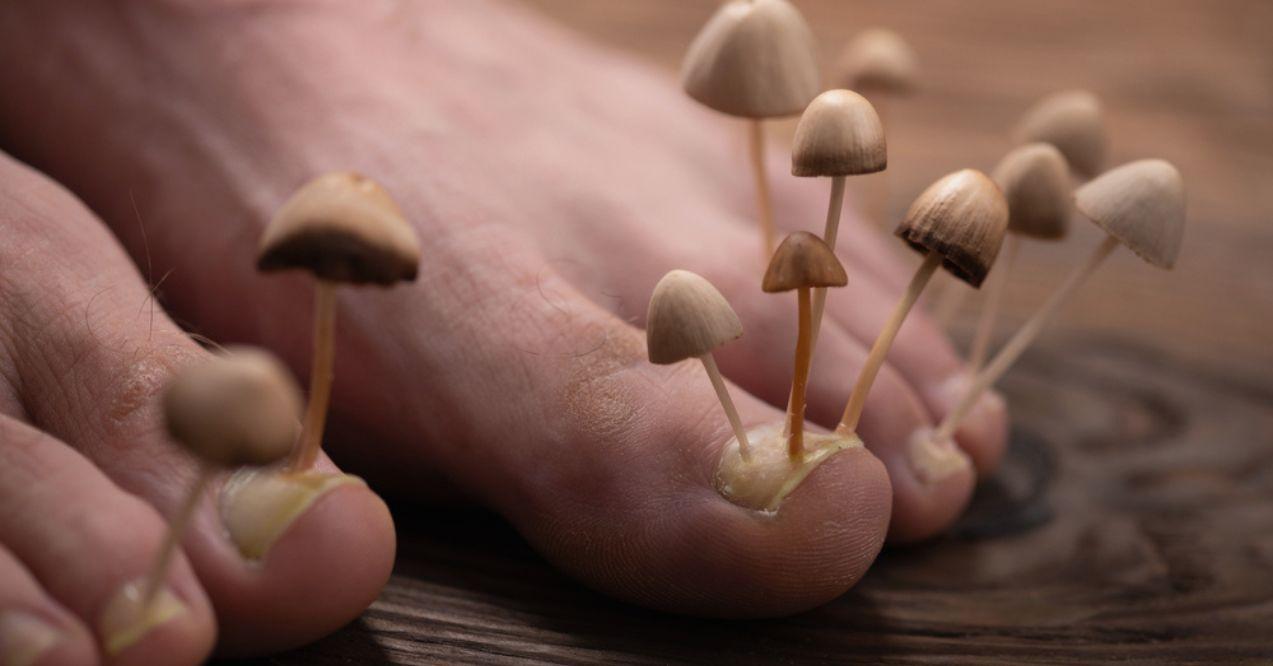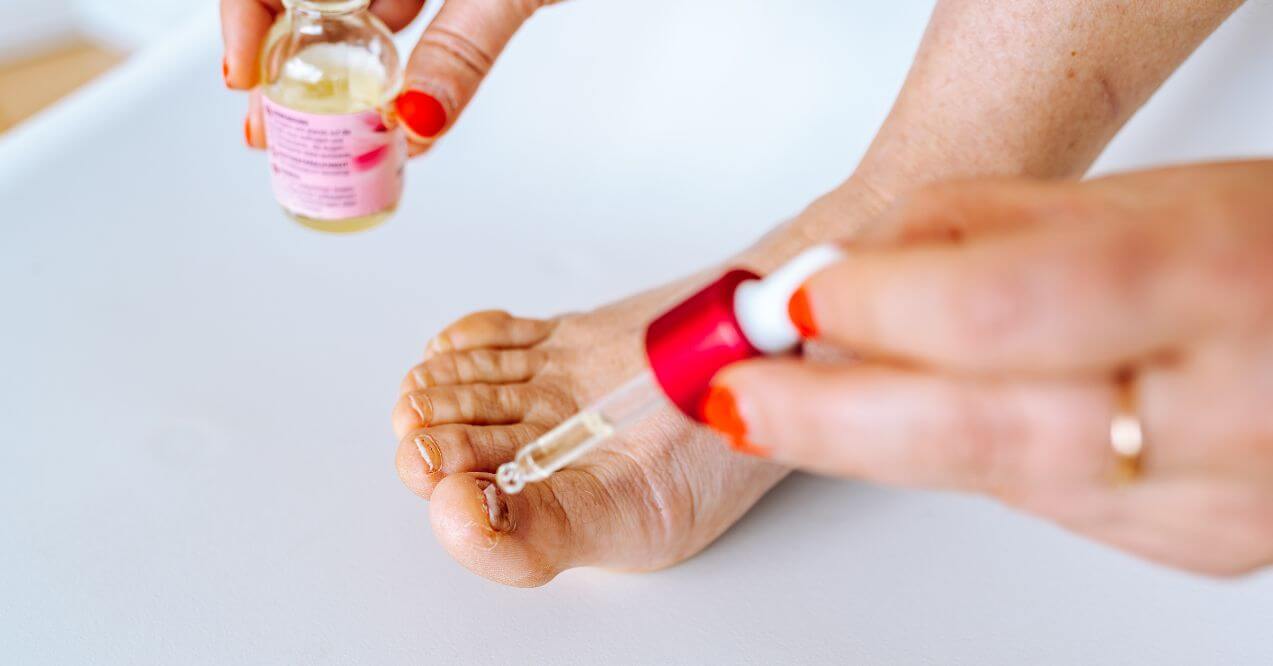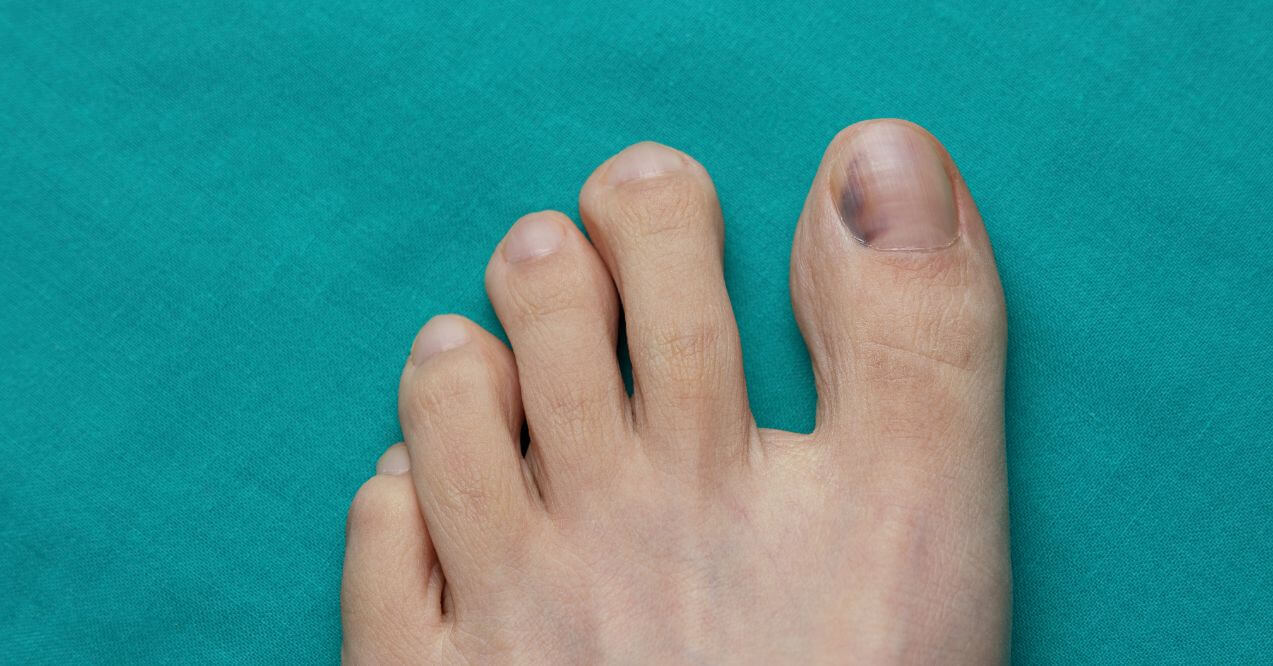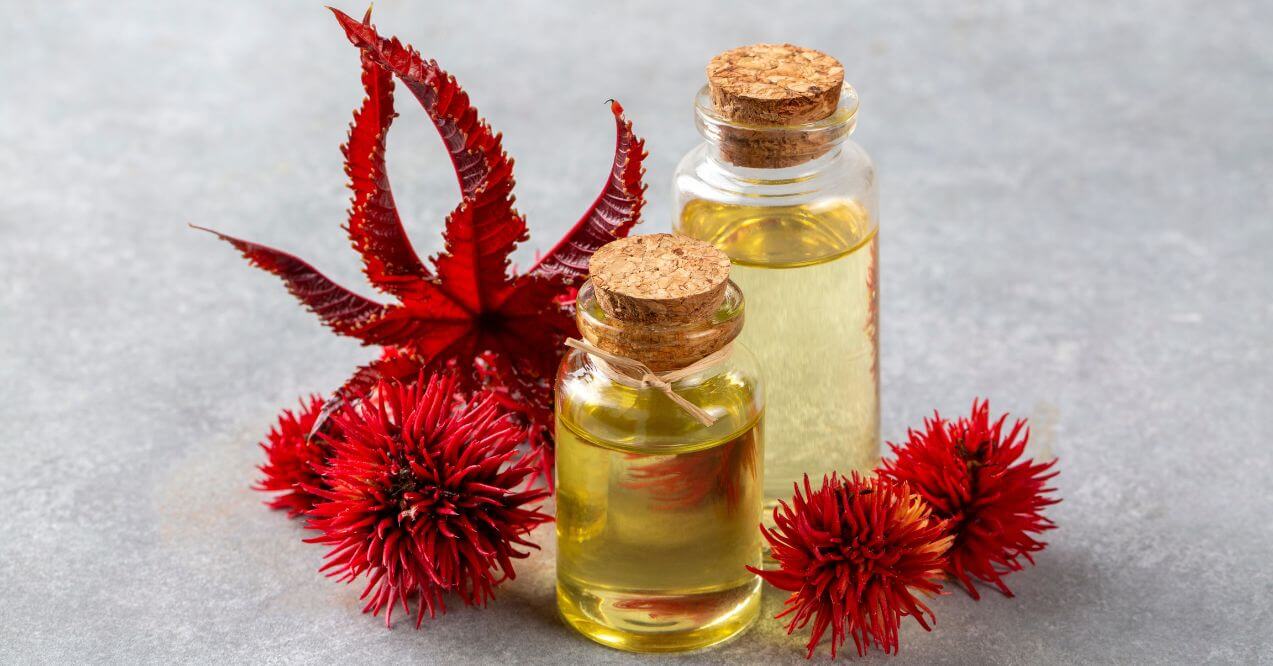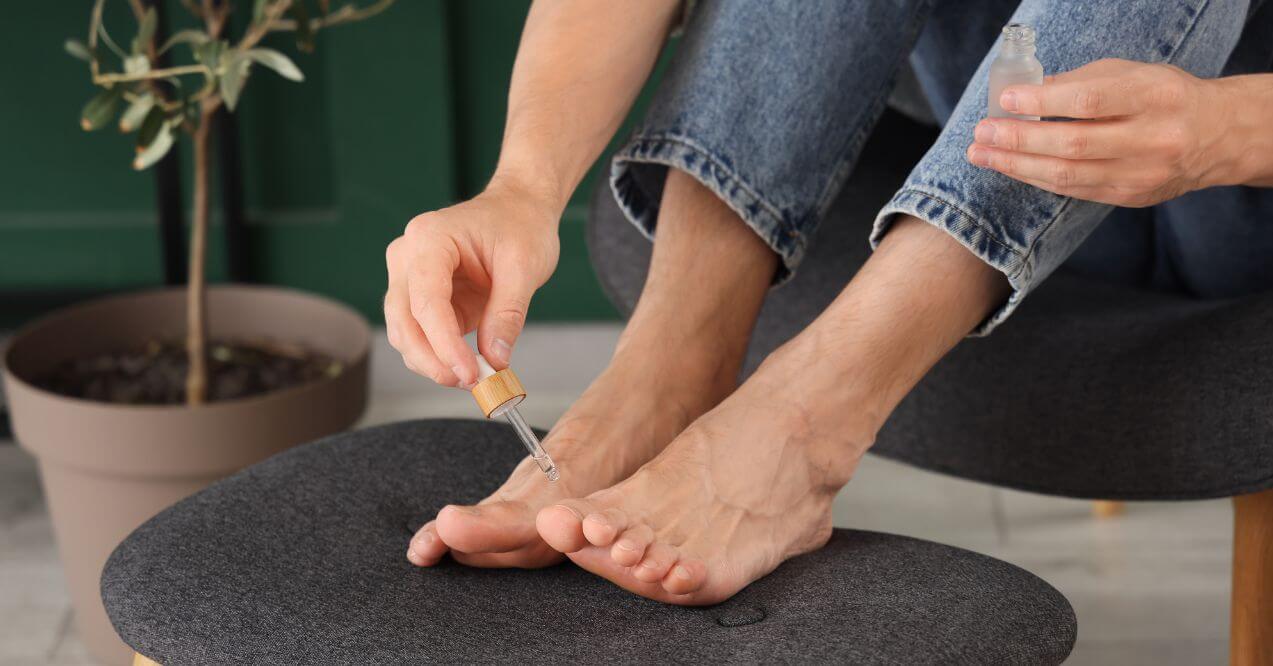Can I Use Hydrogen Peroxide for Toenail Fungus?
Discover the truth about hydrogen peroxide for toenail fungus! Uncover its potential, limitations, and expert tips for healthier nails.
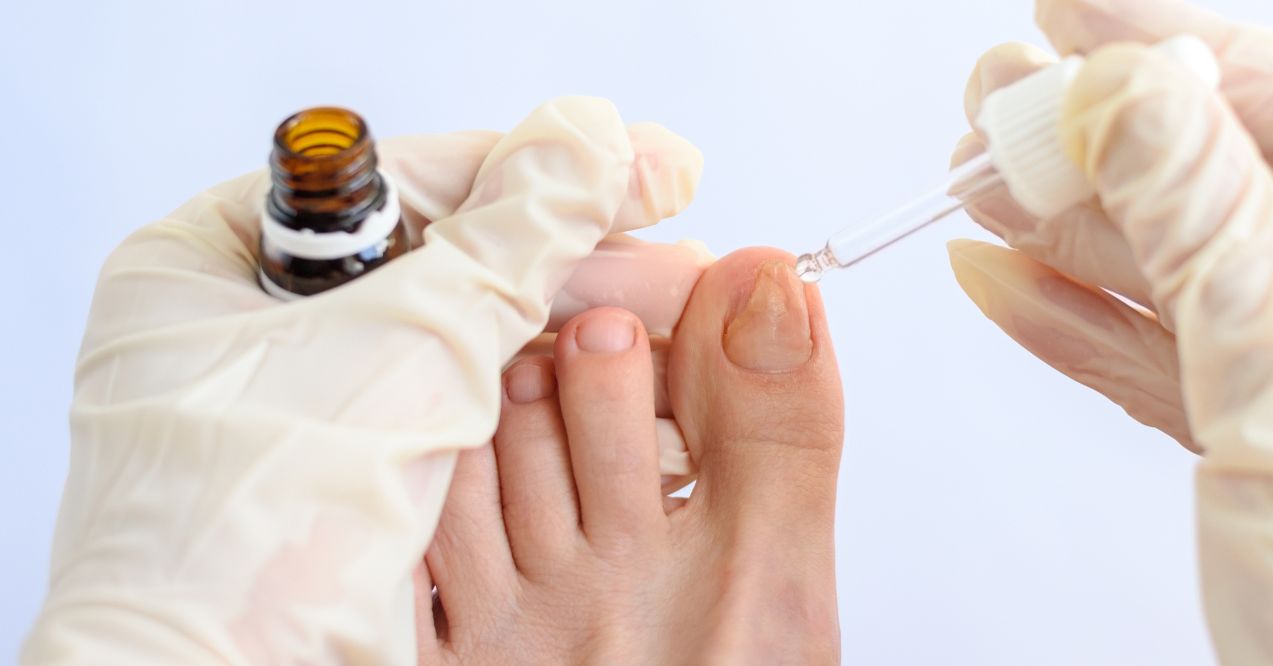

Fungal infections affect both appearance and comfort of our lives, impacting approximately 300 million people globally. Onychomycosis, or toenail fungus, a common condition often leaves individuals searching for effective solutions to alleviate discomfort and improve the appearance of their nails. Among the various remedies discussed, the use of hydrogen peroxide for toenail fungus has gained attention.
This article explores the potential of this household antiseptic in addressing fungal nail infections, providing insights into its application and effectiveness.
The Real Cause of Toenail Fungus
Toenail fungus can be contracted in various environments:
- Public showers
- Locker rooms
- Gyms
- Shared bathrooms
These warm, moist environments foster fungal growth, creating ideal conditions for the spread of infections. However, exposure to contaminated surfaces is not the sole factor in developing toenail fungus. So, what causes toenail fungus?
- Diminished blood circulation – Poor circulation can reduce the body’s ability to fight off infections, making the nails more susceptible to fungal growth.
- Weakened immune system – A compromised immune system struggles to ward off fungal invaders effectively.
- Excessive sweating – Constant moisture creates a breeding ground for fungi, especially in enclosed shoes.
- Prolonged exposure to moisture – Consistently wet environments, such as those experienced by swimmers or individuals who frequently wash dishes without gloves, can soften the nail and surrounding skin, making them more vulnerable to fungal penetration.
- Injuries to the nail or surrounding skin – Even minor traumas can create entry points for fungi, increasing the risk of infection.
- Age – As we get older, our nails become more brittle and prone to cracks, providing more opportunities for fungi to invade.
Can Hydrogen Peroxide Actually Help With Toenail Fungus?
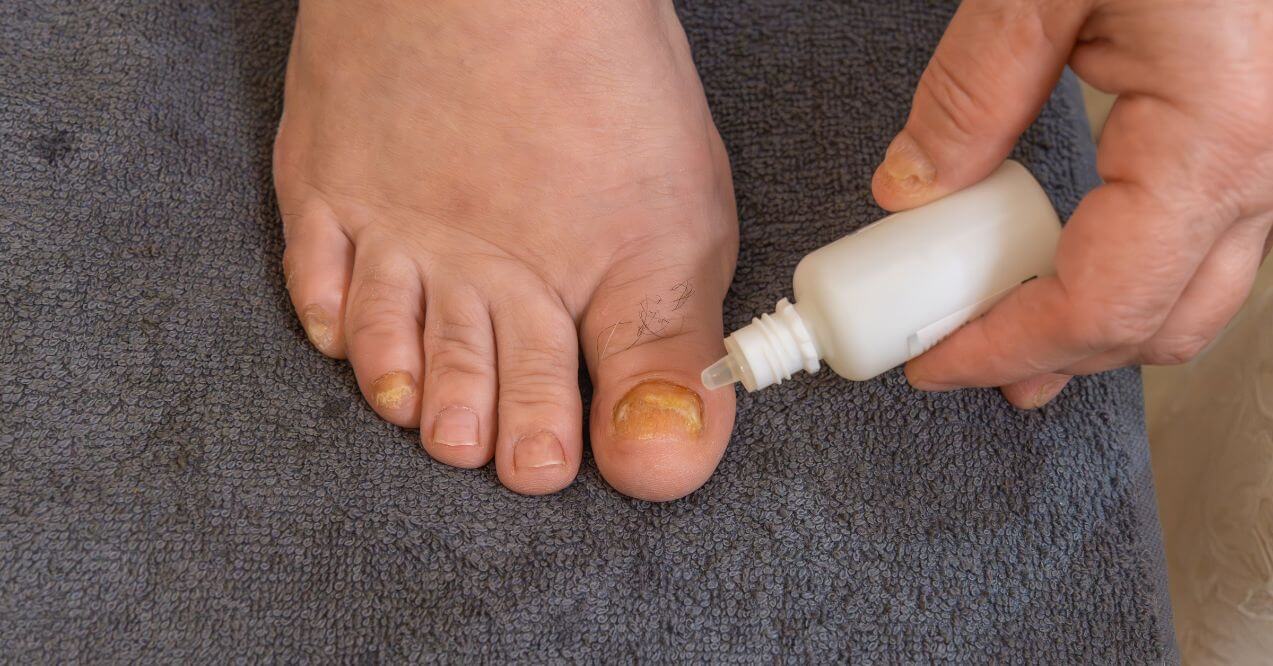
Hydrogen peroxide is widely known for its antiseptic and antibacterial properties, making it a popular choice for wound care and various home remedies.
The theory behind using hydrogen peroxide for different types of toenail fungus infections is based on its ability to oxidize and destroy the cellular components of microorganisms.
When applied to affected nails, hydrogen peroxide may:
- Disrupt the fungal cell membrane
- Interfere with fungal enzymes
- Create an environment that inhibits fungal growth
While hydrogen peroxide has shown effectiveness against various microorganisms in laboratory settings, its ability to completely eradicate toenail fungus in real-world conditions is less certain. The fungus that causes nail infections can be deeply embedded in the nail bed, making it difficult for topical treatments to reach.
Factors that may influence the effectiveness of hydrogen peroxide in treating toenail fungus include:
- Concentration of the solution used
- Frequency and duration of application
- Severity of the fungal infection
- Individual differences in nail composition and overall health
The methods described in the following sections may offer some improvement for mild cases, but they aren’t guaranteed solutions for all instances of toenail fungus, especially severe or long-standing infections.
Ways to Use Hydrogen Peroxide for Nail Fungus
While hydrogen peroxide has shown effectiveness against various microorganisms in laboratory settings, its ability to completely eradicate toenail fungus in real-world conditions is less certain. The fungus that causes nail infections can be deeply embedded in the nail bed, making it difficult for topical treatments to reach.
1. Foot Soak
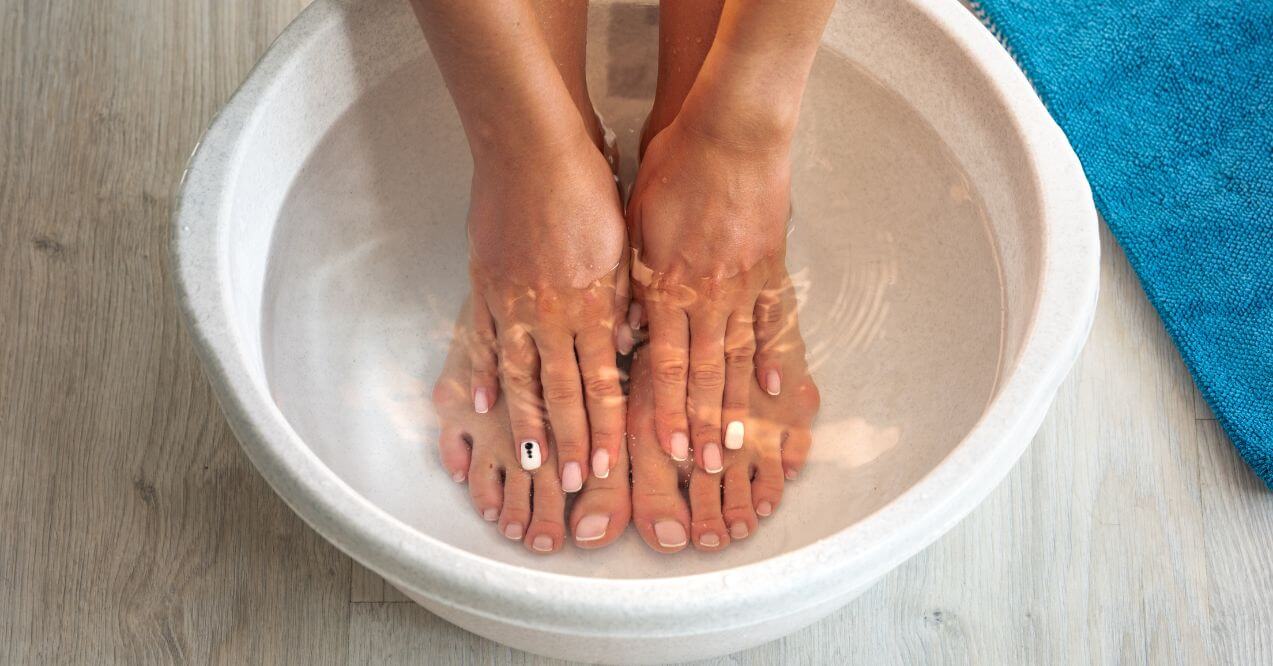
A hydrogen peroxide foot soak is a simple method that allows for extended contact between the solution and the affected nails.
Preparation
- Wash and dry your feet thoroughly
- Trim your toenails carefully, removing any loose or infected nail material
Procedure
- Mix equal parts warm water and 3% hydrogen peroxide in a foot tub
- Soak your feet for 20 minutes daily
- Continue this routine for three weeks
- During each soak, perform the press-and-release technique: Gently press down on the affected nail, then release to allow the solution to penetrate under the nail. Repeat this process several times during the soak.
Post-Soak Care
- Dry your feet thoroughly, paying special attention to the areas between your toes
- Apply a thin layer of antifungal cream if recommended by your healthcare provider
2. Alternating Foot Soaks
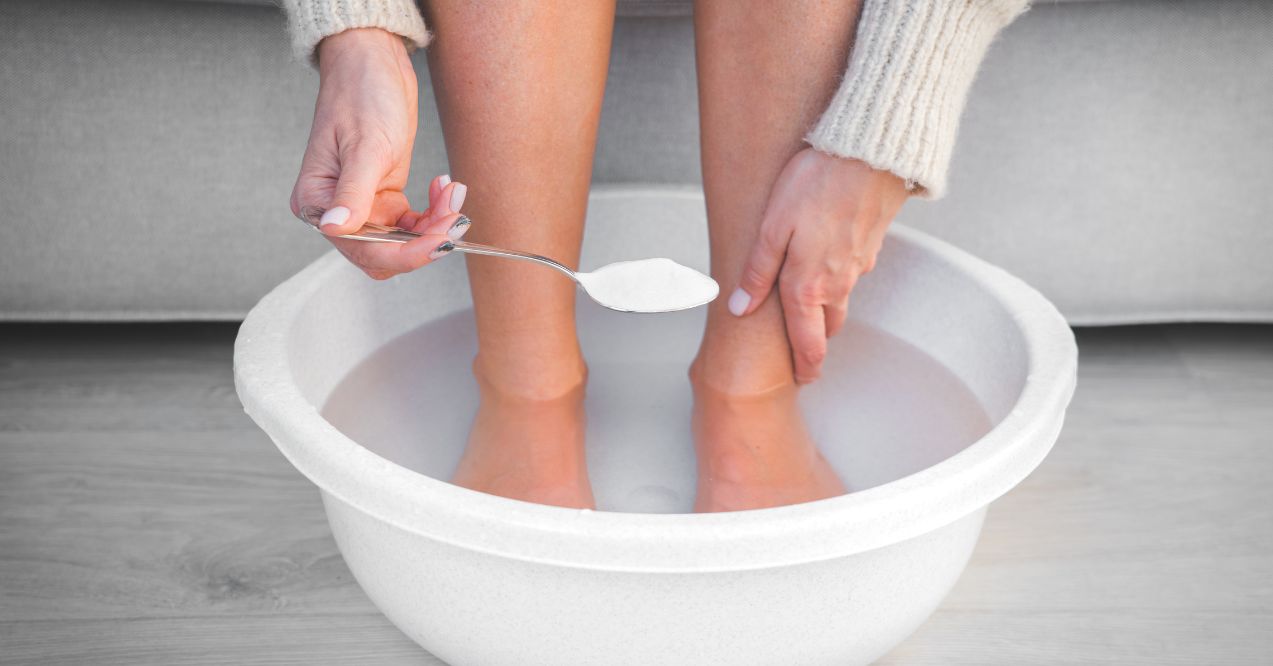
This method combines the potential benefits of hydrogen peroxide with the antifungal properties of vinegar.
Day 1: Hydrogen Peroxide Soak
- Mix equal parts 3% hydrogen peroxide and warm water in a foot tub
- Soak your feet for 20 minutes
- Perform the press-and-release technique as described above
Day 2: Vinegar Soak
- Mix equal parts vinegar (preferably apple cider vinegar) and warm water in a foot tub
- Soak your feet for 20 minutes
- Perform the press-and-release technique
Safety Note: Never mix vinegar and hydrogen peroxide in the same container. This combination creates peracetic acid, which can be harmful. Always prepare these soaks separately and use them on alternating days.
3. Direct Application
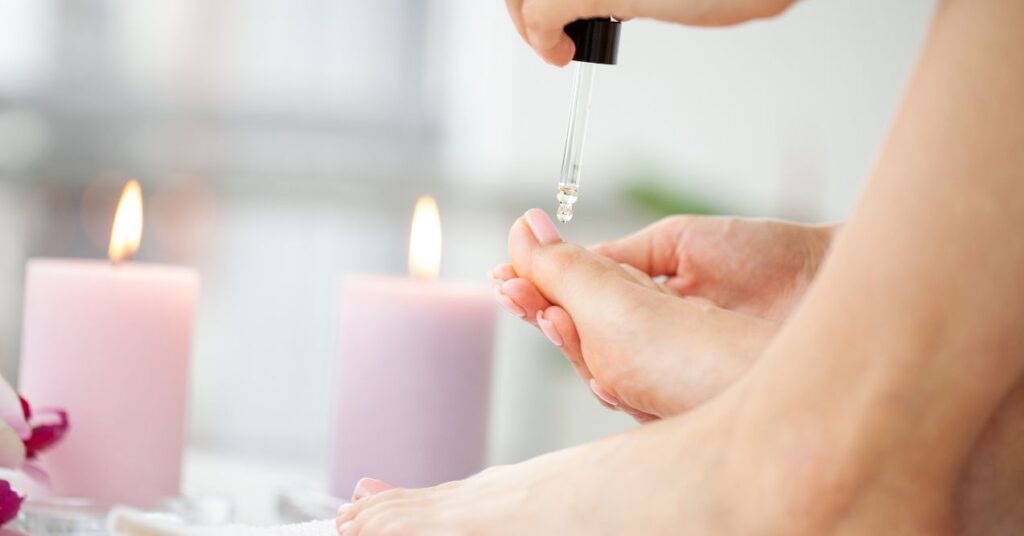
For a more targeted approach, you can apply hydrogen peroxide directly to the affected nails.
Procedure
- Clean and dry the affected nails thoroughly
- Apply 3% hydrogen peroxide directly onto affected nails using a Q-tip, painter’s brush, or eye dropper
- Ensure the solution reaches under the nail and into the nail bed
- Gently massage the area to encourage penetration
- Allow the area to air dry completely
Frequency
- Apply twice daily – once in the morning and once at night
- Continue this routine for three weeks
Additional Tips
- File down thickened nails before application to improve penetration
- Consider using a toothbrush to gently scrub the nail surface after application to enhance the effect
Important Safety Precautions
Chemical Safety
Hydrogen peroxide and vinegar create a hazardous substance called peracetic acid when mixed together. This combination can lead to:
- Severe skin burns and irritation
- Breathing problems from vapors
- Eye damage if splashed
Keep your treatment space well-ventilated and prepare solutions separately. Use them only on alternating days, and store all materials away from sunlight and children.
Health Considerations

Check with your healthcare provider before starting foot soaks. Several conditions need special attention or may prevent you from using this treatment:
- Open wounds or sores
- Skin sensitivities
- Poor circulation in feet
Potential Risk Prevention and Monitoring
The success of foot soaks relies on proper technique and observation. Test water temperature first to avoid burns, and keep soaks to 20 minutes maximum.
Watch for these signs during and after treatment:
- Increased skin irritation
- Unusual redness
- Dry or cracking skin
- New infections
- Changes in skin texture
When to Stop Treatment
Stop using foot soaks and contact your healthcare provider if you notice:
- Burning sensations
- Severe skin irritation
- Signs of allergic reaction: swelling, itching, rash
Tips for Healthy Toenails
Maintaining healthy toenails goes beyond just preventing fungal infections. It’s about overall nail and foot care. Here are some essential tips to keep your toenails in top condition:
- Practice good hygiene – Wash your feet daily with soap and water, and dry them thoroughly, especially between the toes. This helps prevent moisture buildup that can lead to various nail issues.
- Trim nails properly – Cut your toenails straight across and not too short. This prevents ingrown nails and reduces the risk of injury that can make nails vulnerable to infections.
- Choose appropriate footwear – Wear shoes that fit well and allow your feet to breathe. Moisture-wicking socks can help keep your feet dry throughout the day.
- Protect your feet in public areas – Use flip-flops or water shoes in communal showers, locker rooms, and around swimming pools to avoid direct contact with potentially contaminated surfaces.
- Nourish your nails – Consider using a nail oil or moisturizer to keep your nails and cuticles hydrated. This can help prevent brittleness and cracking.
If you’re looking for additional options to tackle toenail fungus and promote nail health, supplements can provide targeted support. Click here to explore our full range of supplements for toenail fungus and find the perfect solution for your needs.
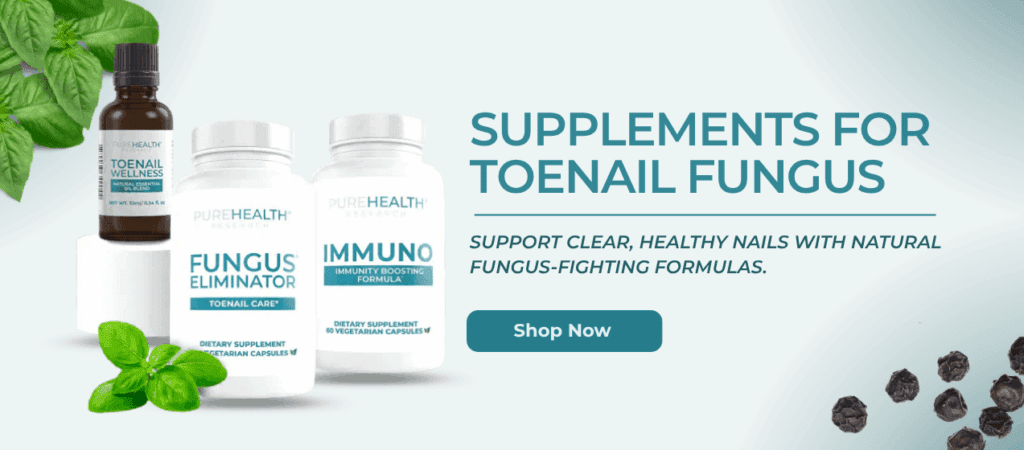
For more in-depth information on maintaining healthy toenails and addressing common nail issues, check our comprehensive guide on How to Get Rid of Toenail Fungus.
Conclusion
While hydrogen peroxide for toenail fungus offers potential benefits due to its antiseptic properties, its effectiveness as a standalone treatment remains uncertain. The methods outlined in this article – foot soaks, alternating treatments, and direct application – may provide some relief or improvement for mild cases. However, it’s crucial to approach these home remedies with realistic expectations and an understanding of their limitations.
Hydrogen peroxide may help with toenail fungus due to its antiseptic properties. It can create an inhospitable environment for fungi by releasing oxygen. However, its effectiveness is debated among healthcare professionals. While some people report improvements, scientific evidence is limited. It’s best used as part of a comprehensive treatment approach.
Hydrogen peroxide can kill some fungi in laboratory settings. Its oxidizing properties damage fungal cell membranes and proteins. However, its effectiveness against deeply embedded toenail fungus is less certain. While it may reduce fungal growth on the nail surface, it might not completely eradicate the infection, especially in severe cases.
Hydrogen peroxide bubbles when it contacts catalase, an enzyme found in most living organisms, including fungi. This enzyme breaks down hydrogen peroxide into water and oxygen, creating the characteristic fizzing effect. The bubbling doesn’t necessarily indicate effectiveness against the fungus, but rather shows a chemical reaction is occurring.
Sign up for our Healthy Living newsletter!
Advertisement. This site offers health, wellness, fitness and nutritional information and is designed for educational purposes only. You should not rely on this information as a substitute for, nor does it replace, professional medical advice, diagnosis, or treatment. If you have any concerns or questions about your health, you should always consult with a physician or other health-care professional. Do not disregard, avoid or delay obtaining medical or health related advice from your health-care professional because of something you may have read on this site. The use of any information provided on this site is solely at your own risk.



